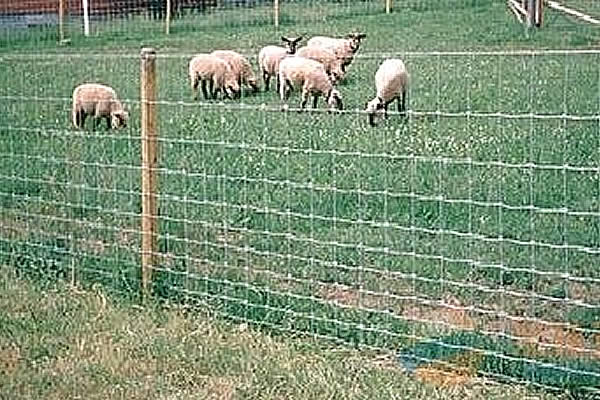 TEL:
+86-13102802206
TEL:
+86-13102802206
 Email:
fencenetting@china.com
Email:
fencenetting@china.com
 Language
Language
 TEL:
+86-13102802206
TEL:
+86-13102802206
 Email:
fencenetting@china.com
Email:
fencenetting@china.com
 Language
Language


The Importance of Retaining Wall Mesh Cages in Civil Engineering
Retaining walls are essential structures in civil engineering, designed to hold back soil and prevent erosion, especially in hilly or uneven terrains. One of the critical components that enhances the structural integrity and stability of retaining walls is the use of mesh cages, commonly referred to as reinforcement cages. These cages play a pivotal role in the overall performance of a retaining wall, affecting its durability and functionality.
Understanding Retaining Walls
Before delving into the significance of mesh cages, it is essential to understand what retaining walls are. They are constructed to retain soil and manage water movement while providing an aesthetic appeal to landscapes. Retaining walls can be made from various materials, including concrete, stone, and timber, each chosen based on the project requirements and environmental conditions. However, the effectiveness of these walls largely depends on their design and the quality of construction, where mesh cages come into play.
What are Mesh Cages?
Mesh cages are essentially frameworks made from high-strength steel bars or welded wire mesh that are designed to provide additional support to the concrete used in constructing retaining walls. These cages help distribute weight effectively and ensure that the wall can withstand lateral earth pressures exerted by the soil behind it. By reinforcing the concrete, mesh cages help in preventing cracking, shifting, and eventual failure of the retaining wall.
Benefits of Using Mesh Cages

1. Enhanced Structural Integrity The primary advantage of incorporating mesh cages is the significant improvement in the structural integrity of the retaining wall. The intertwined steel in the cages provides tensile strength that concrete alone cannot offer. This is particularly important in areas with unstable soil or seismic activity.
2. Prevention of Cracking Changes in temperature, moisture content, and soil movement can lead to the cracking of concrete. Mesh cages help reduce the likelihood of such cracks by absorbing the stresses and strains applied to the wall, thus prolonging the lifespan of the structure.
3. Cost-Effectiveness While the initial investment in mesh cages might add to the project cost, they ultimately save money by minimizing maintenance needs and prolonging the lifespan of the wall. Fewer repairs mean lower long-term costs for property owners and municipalities.
4. Versatility Mesh cages can be designed and fabricated to suit various retaining wall configurations and sizes, allowing for custom solutions for different landscape and engineering challenges.
5. Sustainability Using mesh cages also contributes to sustainable construction practices. The enhanced durability of retaining walls reduces the frequency of repairs and replacements, thus conserving resources and reducing waste over time.
Conclusion
In conclusion, the use of retaining wall mesh cages is a crucial aspect of modern civil engineering practices. They enhance the structural integrity and longevity of retaining walls, ensuring they can withstand environmental challenges without significant deterioration. By investing in proper design and construction practices, including the use of mesh cages, engineers and builders can create reliable and enduring retaining structures that not only serve their purpose effectively but also add aesthetic value to landscapes. In an era of increasing environmental concerns, the role of mesh cages becomes even more vital, promoting sustainable construction and minimizing the impact on our natural surroundings.